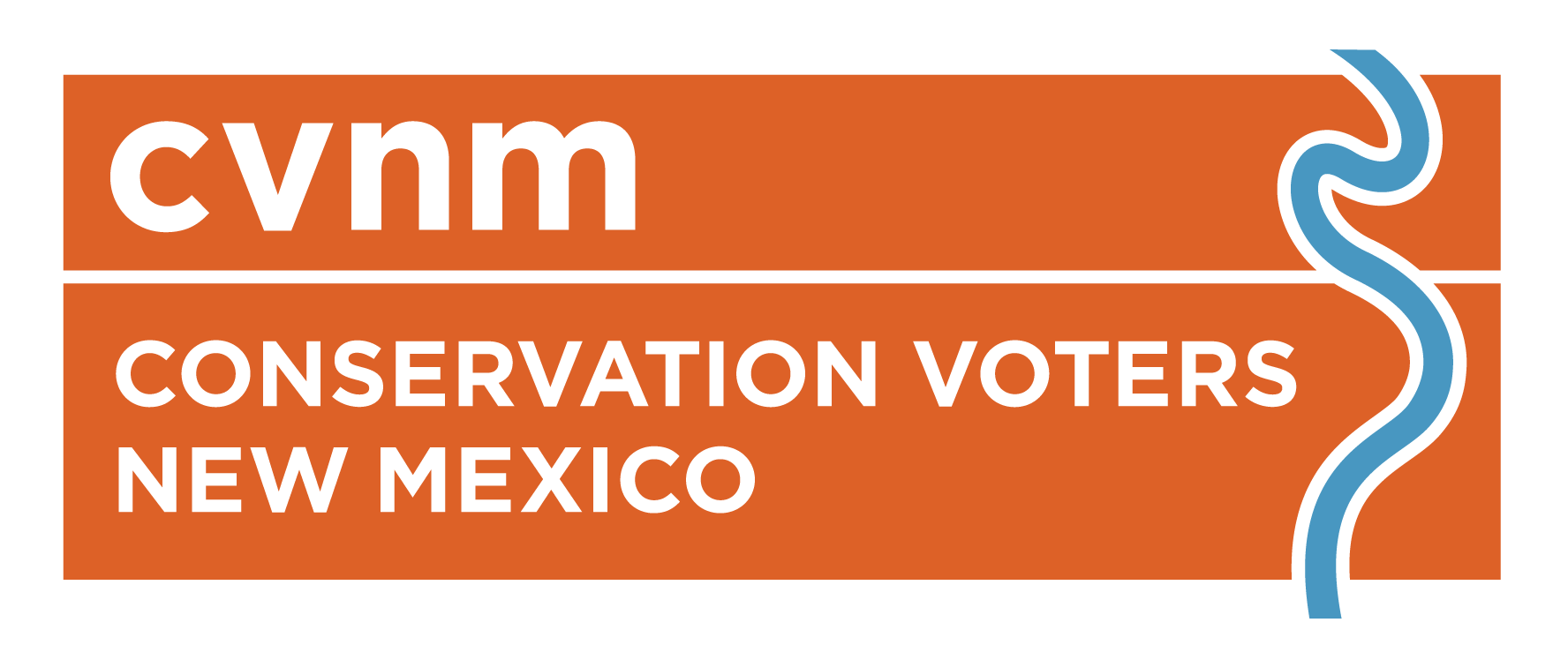Fighting the Climate Crisis: My Story
By Molly Taylor, Deputy Director of Programs
Fifteen years ago, everything changed for my family. Hurricane Katrina made national headlines as it barrelled down on the town that I grew up in: New Orleans. It quickly grew to a powerful Category 5 storm with wind speeds that topped 175 mph. By the time the storm made landfall, I had traveled back to the midwest to prepare for the upcoming fall semester as a college student. My family, however, couldn’t afford to evacuate and was forced to hunker down at home to wait out the storm.
The wild winds knocked out communication towers throughout the area, leaving me cut off without any knowledge about my family’s well-being. For ten days, I was glued to the TV news looking for signs of their survival. The images of devastation, from flooded homes to decimated lands, and the social chaos were horrifying and will be forever etched in my mind.
Thankfully my family survived the storm without injury, but the aftermath has continued to linger across the community to this day. Our home was spared by the historic flooding, but we experienced substantial wind damage that took us years to recover from. This storm brought climate justice front and center for my family, and is what thrust me into environmental advocacy.
These days, stories like mine are becoming commonplace as more families are impacted directly by our changing climate. Communities across the country are now grappling with substantial climate-related threats, from increased frequency of superstorms and historic heat waves, to raging wildfires and parching drought. This summer alone, the west coast has endured an ongoing series of historically massive wildfires, the nation saw record heat waves, and my home state of Louisiana experienced five hurricane landfalls – a first in its history. Scientists predict that if something isn’t done urgently to mitigate climate change, these trends will only increase in severity in the coming years.
In the years following Katrina, I jumped into activism and sought out opportunities to be a part of efforts to stop climate change. I volunteered and worked for several nonprofits, including several in New Mexico after moving here in 2008, and eventually was introduced to Conservation Voters. I was astounded to learn that CVNM not only engaged in climate policy, but also helped to elect pro-climate leaders to office, and hold them accountable for their decisions. CVNM was the first organization I had come across that leveraged outreach, engagement, education, elections, and policy strategies – the full cycle of political engagement – to achieve statewide policy goals to fully address climate change.
I joined the CVNM team in 2009 as a climate change organizer and have been a part of the organization ever since. Our state’s progress on climate has given me immense hope: last year, New Mexico set in motion a strong nation-leading clean energy standard that addresses toxic air pollution. We’re now working closely with our allies to advocate for the adoption of a statewide methane rule that would fulfill the Governor’s challenge to create “nation-leading” rules to control the waste and leakage of methane – a heavily polluting greenhouse gas – by 2026.
But there’s more work that must be done to get where we need to be as a state. We have a short window of opportunity in the coming years to continue to transform our state’s economy, protect our communities and wildlife, and double down on climate policy. But to get there, we need to go all in. That’s why we’re working in collaboration with our allies to pass legislation that will make renewable energy more accessible, hold the oil and gas industry accountable, and transition to a new clean energy economy.


